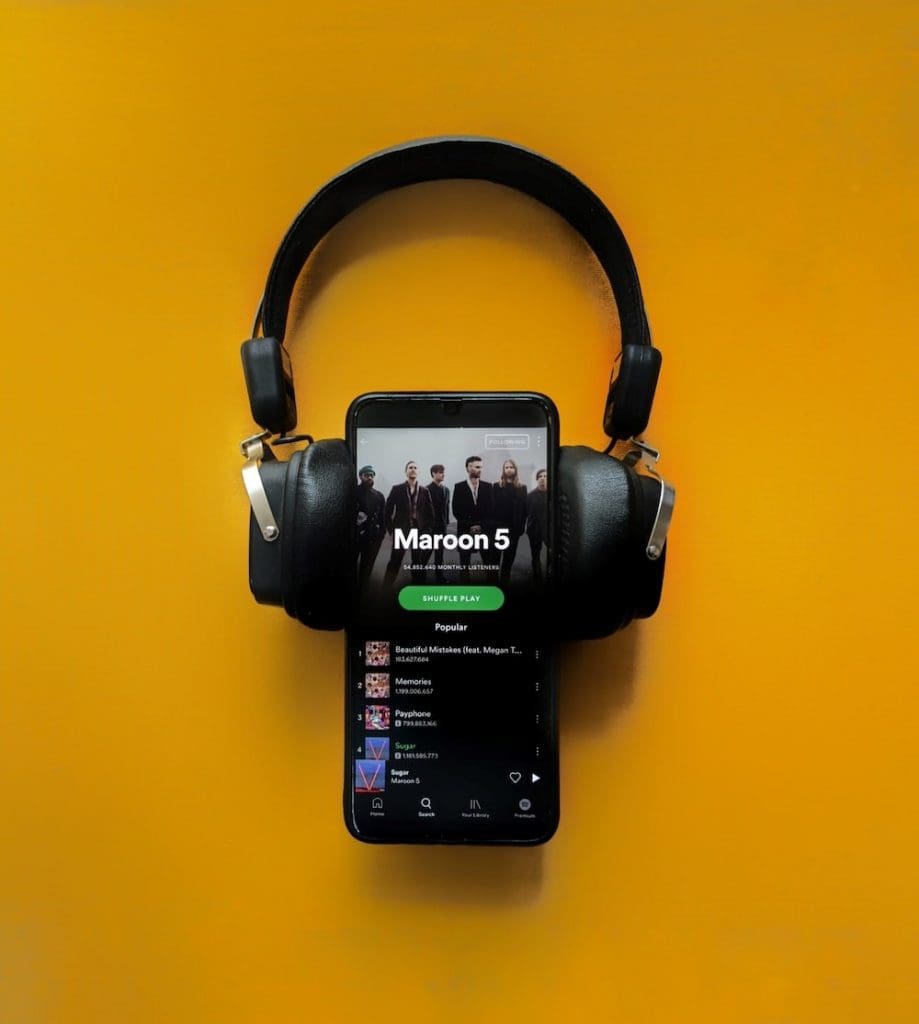How Spotify Took Over the Audio Streaming Industry


Spotify
Spotify is dominating the audio streaming industry. It was formed in Sweden in 2006 and has since garnered over 570 million monthly subscribers globally. Initially targeting the European market, the service has long since diversified and moved into North America. Users can now listen to a range of different audio content aside from music, including everything from podcasts, some of which are produced by Spotify, to stand-up comedy. Here, we take a look at the tactics used by Spotify to capture such a large part of the listenership in the audio streaming market.
Attracting Listeners
Spotify offers two subscription models; one is free, while the premium service is subject to a monthly fee. Thus, the service is ad-free, and comes with multiple benefits. One such benefit is on signing up with Spotify, new users may receive bonus offers, such as three months free for a 12-month sign-up. Of course, this sort of tactic is nothing new and is used not only by competitors Apple, but also across the entertainment industry, like in the gambling industry. For example, Buzz Bingo offers a slots promotion that gives new gamers bonus credits to play both online and in person when they sign up and deposit money.
Spotify’s offering is similar. Users can listen for free, but the user experience is better when they pay. It’s this mix of two subscription options that has contributed to Spotify’s rapid rise, with many of their competitors in the North American market sticking to to a paid subscription model, despite Spotify’s obvious success.
Personalizing Content
In the middle of the 2010s, Spotify spotted another gap in the market. They realized that a plethora of music and diversity wouldn’t be enough to outgrow competitors and they began to focus on the personalization of content. Because of this, premium users are now offered numerous individualized playlists, even updated throughout the day, based on artists they have listened to. Not only that, but the app compiles statistics with information about the artists each user has been listening to for a personalized experience. Integrated into social media platforms such as Instagram, users can share these lists with their followers.


With Power Comes More Power
There is no doubt about it: Spotify is going through a period of complete dominance in the audio streaming market. Arguably, the only sector they haven’t yet made a dent in is the audio book industry, which remains dominated by Audible. However, when it comes to music streaming they are untouchable. Even tech giant Apple’s music streaming platform struggles to compete. As of 2023, they had 108 million paid subscribers compared to Spotify’s 210 million, despite Apple Music boasting a larger catalogue of songs.
Even in the face of adversity, Spotify has continued to grow. High profile artists like Taylor Swift and Radiohead have removed content from the site in the past, but have since re-added their catalogues.
However, some music companies such as Universal Music Group, have struck licencing deals with Spotify, recognising the importance of the streaming platform in the growth of the music industry. Proving to be the most innovative of the audio streaming platforms in the past decade, Spotify’s dominance of the industry looks set to continue.
Since you’re here …
… we have a small favour to ask. More people are reading Side-Line Magazine than ever but advertising revenues across the media are falling fast. Unlike many news organisations, we haven’t put up a paywall – we want to keep our journalism as open as we can - and we refuse to add annoying advertising. So you can see why we need to ask for your help.
Side-Line’s independent journalism takes a lot of time, money and hard work to produce. But we do it because we want to push the artists we like and who are equally fighting to survive.
If everyone who reads our reporting, who likes it, helps fund it, our future would be much more secure. For as little as 5 US$, you can support Side-Line Magazine – and it only takes a minute. Thank you.
The donations are safely powered by Paypal.










